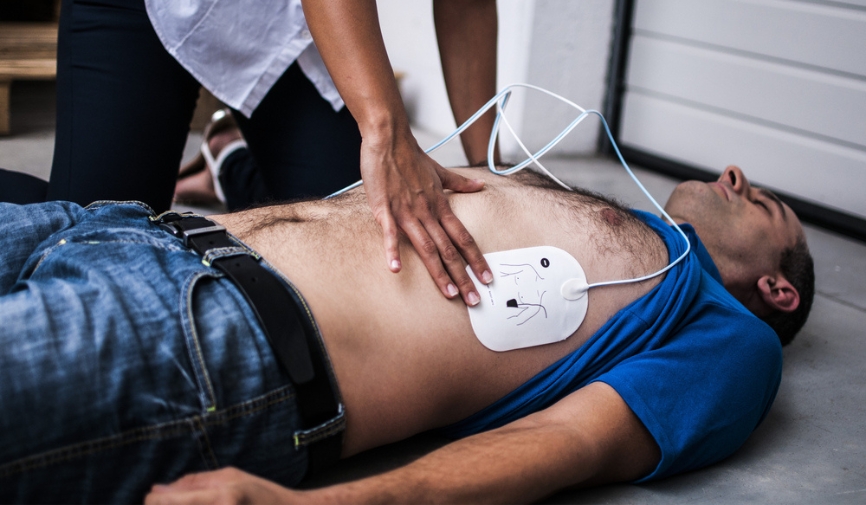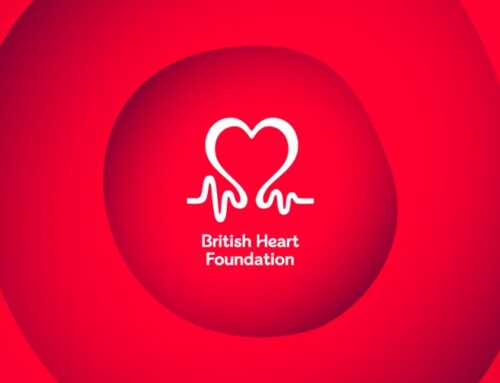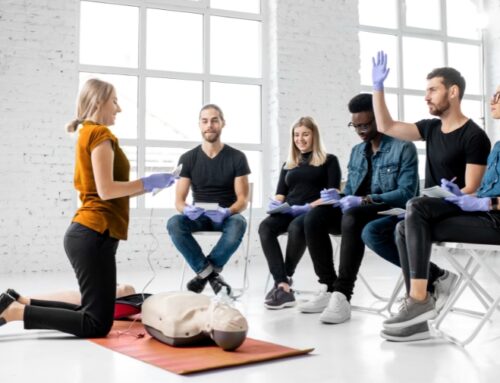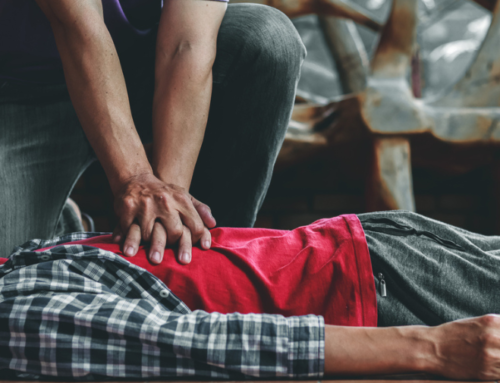Automated External Defibrillators (AEDs) are lifesaving devices that have revolutionised cardiac arrest response for generations. They’ve become a beacon of hope for those at risk of cardiac arrests, offering immediate lifesaving capabilities. Yet, despite its crucial role in public health, a reluctance to use AEDs in public domains persists.
This fear isn’t solely a matter of technical unfamiliarity – though this may have a part to play – it’s also deeply rooted in societal and individual apprehensions. Here, we’ll attempt to dissect the causes of this societal hesitation, understand the device and its uses, and suggest actionable steps to help the public overcome the fear of using AEDs.
Understanding AED Anxiety
In theory, the concept of AEDs in public spaces is simple and effective. A portable, electronic device that automatically diagnoses the life-threatening cardiac arrest in a patient. It then delivers an electric shock (defibrillation), which stops the arrhythmia causing the arrest and allows the heart to re-establish an effective rhythm.
However, public anxiety around AEDs can seriously impede the potential efficacy of defibrillation. But what are some of the main fears of using an AED in public?
The Fear of Causing Harm
One of the most prevalent anxieties is causing harm instead of good. You may be willing to help in the event of a cardiac arrest but might lack confidence in your own ability to perform what can seem like an overwhelming medical procedure. AEDs, while remarkably user-friendly, still require you to stick electrodes to the patient’s chest and deliver a shock.
The thought of administering a shock incorrectly, or to an individual who doesn’t need it, might deter you from acting.
Legal and Liability Concerns
AED use solicits another common worry – legal liability. The so-called ‘Good Samaritan Laws’ exist to protect well-intentioned individuals who offer reasonable assistance from legal prosecution. However, public awareness of these laws remains low, leading to the ill-founded perception that helping might result in legal repercussions.
Lack of Technical Knowhow
Despite the intuitive design of AEDs, some individuals are simply uncomfortable with technology and may find these devices daunting. This technical illiteracy can spread through numerous demographics and cause many to be unlikely to intervene due to a lack of understanding of how AEDs work.
How to Overcome the Fear of Using an AED in Public
Device Familiarity and Training
Becoming familiar with the device can significantly boost confidence. Many initiatives offer free training on AED usage, equipping individuals with invaluable knowledge and hands-on experience that make the process of saving a life seem less daunting.
Public Awareness Campaigns and Instructional Signage
The promotion of public awareness campaigns focused on how and when to use an AED is essential. Instructional signage near AED installations can serve as a quick reminder of how the device operates, reinforcing training without demanding further memory retrieval in high-stress moments.
Integration with Basic First Aid Classes
Basic first aid classes should integrate AED usage alongside other key skills. By intertwining AED instruction with general first aid, the device’s importance and role in public health become part of a wide skillset rather than a specific and complex medical procedure.
Updating the Curricular of Schools
We’ve spoken in the past about how crucial it is to teach basic life support (BLS) in schools. It’s clear that educating children and young people about AEDs not only breeds a new generation of citizens confident in saving lives – it can also influence their families’ behaviour. Schools can play a pivotal role in enhancing AED awareness creating long-term waves of change in community response to emergencies.
Greater Awareness of Legal Protections
Understanding the legislative support for AED usage is crucial in overcoming fear. Raising general legal literacy in AED usage and medical assisting measures is as important as technical training. A grasp of the legal landscape is a powerful tool in dissolving the fear of unintentional legal consequences.
Ensure that AEDs are Readily Available
Unfortunately, for many communities, AEDs are not as prevalent as they should be. By ensuring that defibrillators are widely circulated and easily accessible, we can achieve two things.
Firstly, we can be sure that there will always be an AED to hand when required. Secondly, the stigma surrounding the perceived complexities of defibrillators can be reduced as they become more commonplace among communities.
Use Intuitive and Easy-to-Understand AEDs
An excellent way to overcome the fear of using an AED in public is to utilise intuitive, ergonomic defibrillators. Our IPAD range encompasses a wide range of defibrillation options, including the most recent addition of the NFK200. This affordable and robust AED is designed to be useable by anyone.
Clear, illuminated images on the unit and calm voice prompts can guide novices in delivering effective defibrillation, while a soft button from adult to child mode makes transitioning between the two even easier.
You can find out more about our full range of defibrillators by visiting our shop or reaching out to our customer service team today.








Leave A Comment